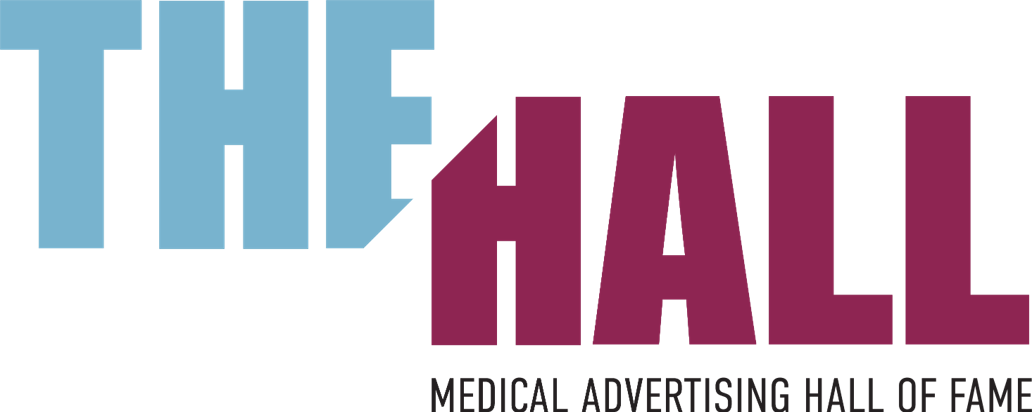Name of product/campaign: Dexilant MOA
Name of company/client owning product/campaign: Takeda
Year launched: 2009
Type of media: MOA
Agency producing product/campaign: AbelsonTaylor
Team members:
Noah Lowenthal
Marissa Ori
Vanessa Ruiz
Kat Burzycki
Donald Hanson
Scott Hansen
Lee Parkel
Goals of product/campaign: Dexilant (formerly Kapidex) was a second-generation proton pump inhibitor, launching in a very crowded market along with Prevacid and Nexium (the legendary Purple Pill). Fortunately, Dexilant’s main differentiator was a clinically meaningful one—two releases of medicine in one pill. This was important, because those pesky proton pumps that produce all that painful acid in GERD are not all “on” at the same time. Some pumps turn on in the morning—those can be controlled with a morning PPI dose. But some pumps don’t turn on till later in the day, and by then, the medicine is beginning to leave the system, causing more pain for the patient. Enter Dexilant – one release of medicine in the morning, and one later in the day to truly shut down acid production all day.
It was a simple story to tell, and educating gastroenterologists about proton pumps turning on and off throughout the day and thereby “escaping” the effects of the PPI, was the focus of our prelaunch market conditioning program.
Dexilant launched at Digestive Disease Week 2009, and the brand went all out building a memorable booth that drove home the idea of two releases, and included a giant building-sized steel stomach. And inside that stomach, at the heart of the booth, was the MOA experience that worked to differentiate Dexilant from the billion-dollar brands already on the market.
Description of product/campaign: Because it was impossible to know whether a gastroenterologist walking into our booth had seen the market conditioning program, we created a “choose your own adventure”-style MOA experience. The moderator prompted the audience to set the level of education that each tour provided. This would allow for a quick reminder for some HCPs, and a more in-depth experience for others. The technology that drove it all was the newly-launched Microsoft Surface Table—a massive, coffee table-sized multitouch platform.
Conference attendees would enter the oversized stomach in shifts and gather around the table where a trained moderator would guide them through the MOA. No two experiences were the same as each crowd would socially decide which part of the stomach they would explore and to which level of detail. They could scroll through the hours in a day and watch proton pumps turn on and produce acid at different times, they could “dose” the drug by placing a physical model of a capsule on the table and “flick” the two types of granules to shut down the early pumps or the later-in-the-day pumps, or they could stimulate even more acid production with a physical plate of food (both physical models had RF tags on their underside that the screen could recognize and launch a particular action).
What made this a special product/campaign: Late 2008 (when production on this project began) was a pivotal year for this type of immersive technology. iPads had just come to market, touchscreens were just hitting the mainstream, and gestures were just being introduced to users—nevermind the novelty of triggering onscreen events with physical objects. Set inside the giant steel stomach in the booth at DDW, the Dexilant Surface MOA was a social learning application that provided a digitally and physically immersive experience. By harnessing the excitement of this new technology, our simple story generated interest beyond expectations—Takeda had to hire “bouncers” for the booth to help with crowd control.
Awards and honors the product/campaign received:
Clio – Silver
Click here to view video
